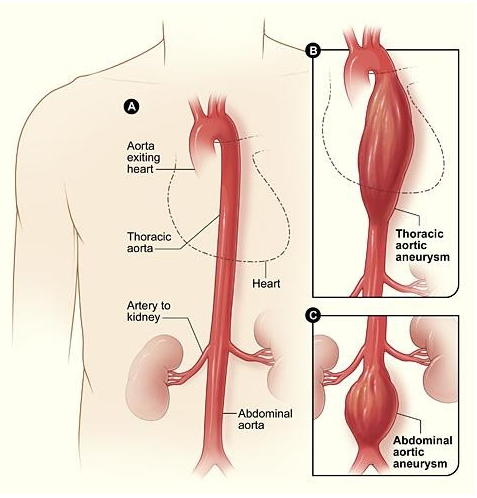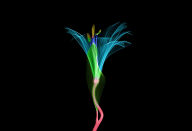The largest vessel in your body is called the aorta. This vessel is responsible for the delivery of blood from your heart to the rest of the body. The condition of aneurysm occurs when the aorta vessel grows abnormally from its original size. The aorta walls consist of layers, and under the influence of certain factors and circumstances, the inner layer of the aorta may peel off or have a tear in it. This condition is termed as dissection.

